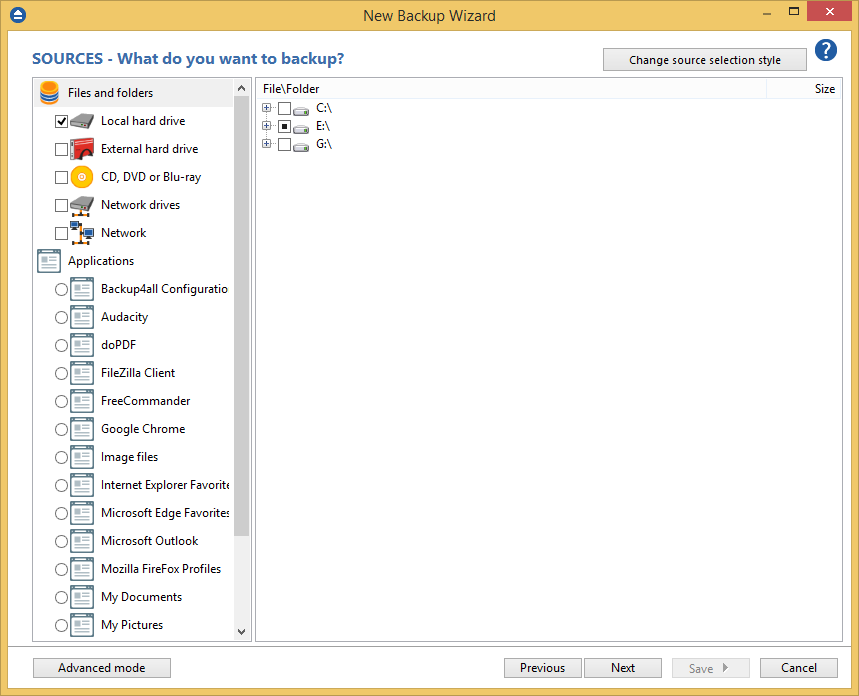
My case is a bit trickier – I have a bunch of different machines, LOTS of data, some big chunks that need to get shifted around kind of frequently (big virtual machines I shelve and retrieve for infrequent jobs), and so on. 3-2-1 provides near-perfect data threat coverage, which is why it’s the gold standard. Or so that when you delete a file while you’re on vacation, you can grab it from the cloud backup. One remote backup so that if your house gets robbed or burns down, your data is still safe in the offsite backup. So when your laptop gets stolen from the car, you’ve still got everything on your desk. Why these 3 copies? Two different copies so when you delete a file accidentally, you can quickly go find the backup.

3 copies of the data (Laptop, back up USB disk, and IDrive), 2 different physical media (laptop and USB disk, though also IDrive), and 1 off-site copy (IDrive). Hint: is an excellent deal, and supports client-side encryption to keep everything private. Then, on top of that, install your cloud backup provider of choice to regularly take things off-site. Maybe every time you sit down at your desk, you plug this in, and Time Machine (Mac) or File History (Windows) takes care of it. In the simplest “one laptop” case, this is straightforward: have one backup regularly scheduled to a USB hard drive.

In particular, it’s critical to adopt a 3-2-1 backup strategy: 3 copies of your data, 2 different physical copies, with at least 1 off-site copy. Keeping everything backed up and synced in a way that’s sufficiently hands-off and automatic to be reliable, as well as easy to recover from in the event of data loss, is not a simple task.

Data handling and backup can be hard, and everything below is my work-in-progress notes and effort towards achieving a system that works for me.īeing self-employed in technology, I’ve got quite an array of devices, machines, and systems to support even just in my household.


 0 kommentar(er)
0 kommentar(er)
